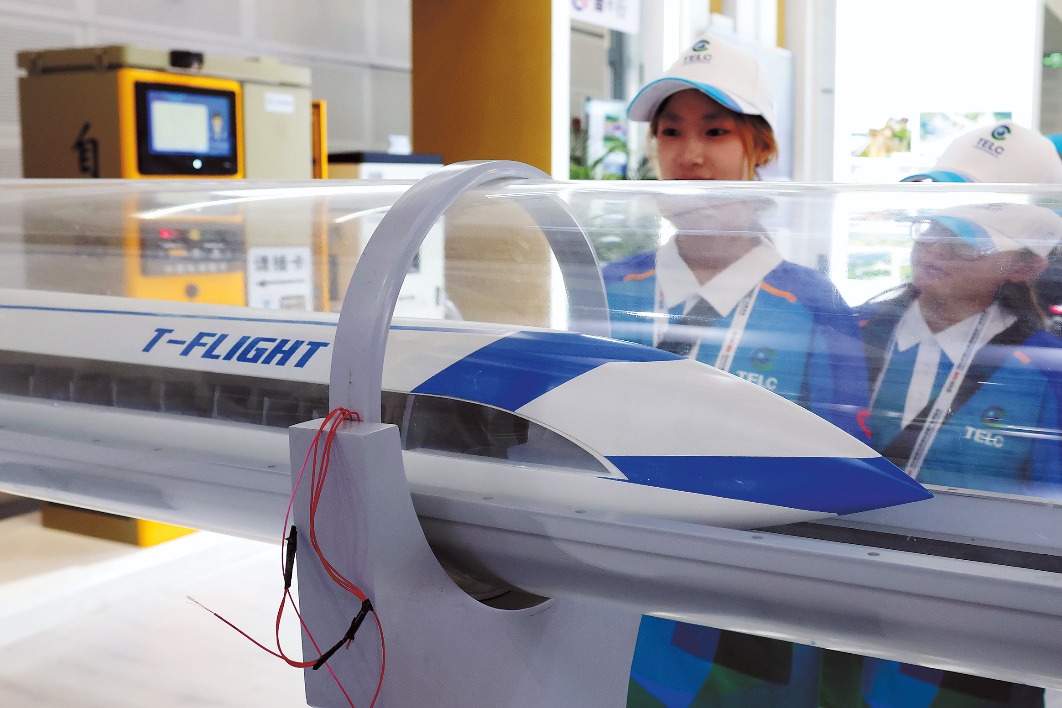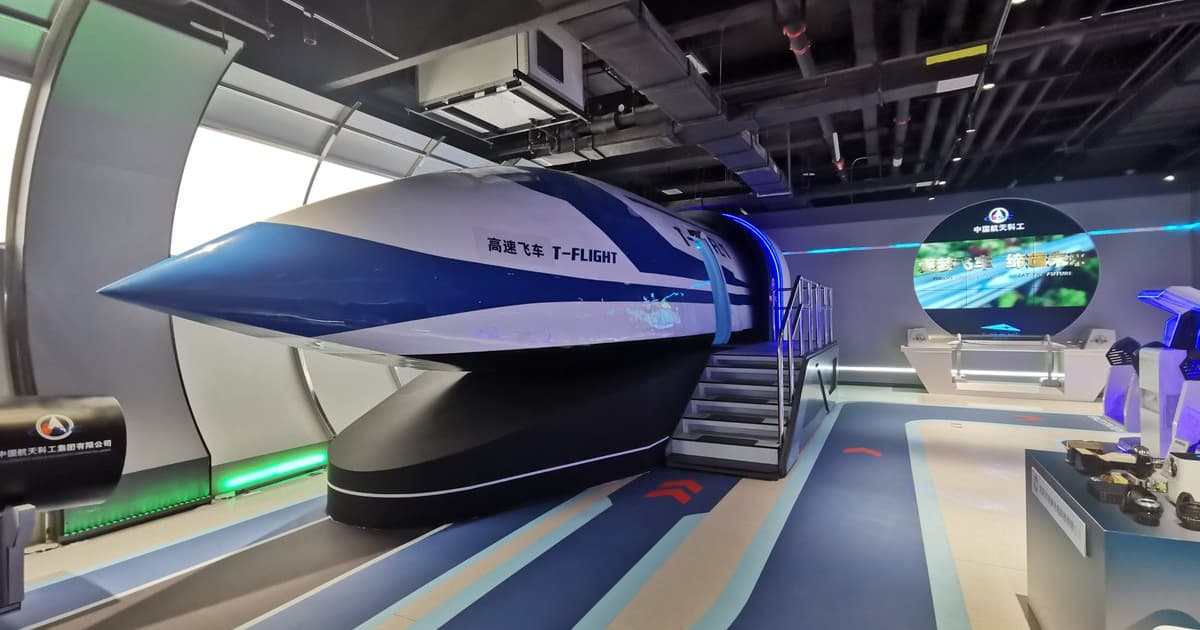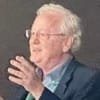The Midweek Update - Trump’s 2026 Secret Weapon: Bankrupting the Insurance Cartels - January 7, 2026
Trump revealed his secret weapon for 2026: breaking the insurance cartels. By cutting out the financial parasites and sending money directly to people, he's targeting the real enemy—a fascist looting system with British roots.




















